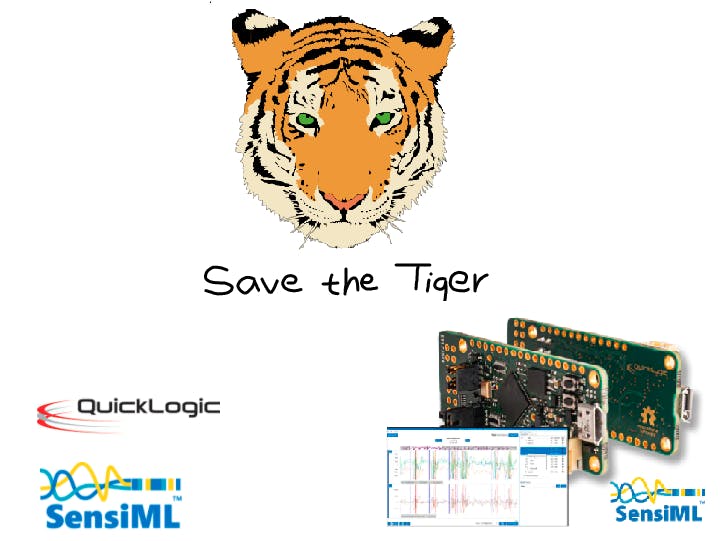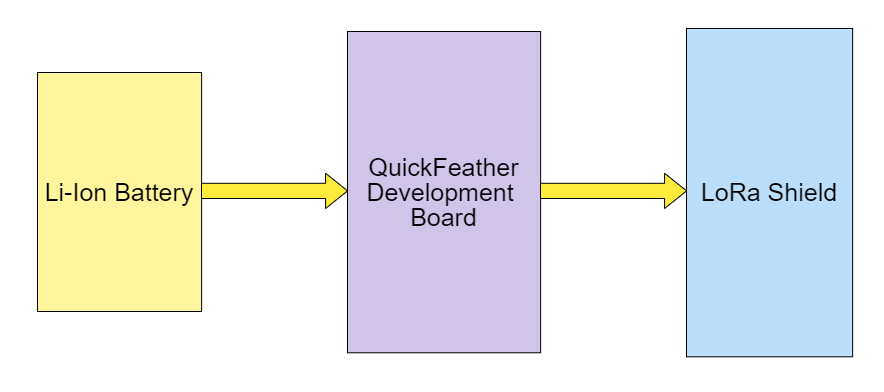The tiger is a unique animal which plays a pivotal role in the health and diversity of an ecosystem. It is a top predator which is at the apex of the food chain and keeps the population of wild ungulates in check, thereby maintaining the balance between prey herbivores and the vegetation upon which they feed. Therefore, the presence of tigers in the forest is an indicator of the well being of the ecosystem. The extinction of this top predator is an indication that its ecosystem is not sufficiently protected, and neither would it exist for long thereafter. If the tigers go extinct, the entire system would collapse. For e.g. when the Dodos went extinct in Mauritius, one species of Acacia tree stopped regenerating completely. So when a species goes extinct, it leaves behind a scar, which affects the entire ecosystem. Another reason why we need to save the tiger is that our forests are water catchment areas. Therefore, it’s not just about saving a beautiful animal. It is about making sure that we live a little longer as the forests are known to provide ecological services like clean air, water, pollination, temperature regulation etc.
Therefore, saving Tigers is not only saving this beautiful animal but also protecting the ecosystem of which it is a part and can affect the climate change.
With this project I am going to solve the problem of species extinction. According to IUCN Tigers are extinct in 10 countries. Just over a century ago, there were as many as 100, 000 wild tigers living in Asia. Today, fewer than 3, 900 remain. One of the extinct species is the Bengal Tiger which is found in India. I want to contribute in saving this beautiful animal through technology.
What is my Solution?I build a low cost Internet of Things (IoT) sensor node to track tigers as well as get their various activity and behavior information. The traditional system is GPS tracker which is costly, not very effective and have only tracking ability, it does not provide other information except location data. My device is useful to get other vital information about tigers such as whether it is sleeping or preying etc.
How my solution work?My solution work by attaching a sensor node as collar band in tigers neck which transmits the data as per the specified parameters to the cloud server. This data can be accessed via app and thus the tiger can be monitored remotely. My sensor node & application has following features:
- Poaching risk monitoring of tigers
- Tiger health monitoring
- Human-Tiger conflict monitoring
- Tiger behavior monitoring using sound
- Tiger activity (sleeping, standing, running, drinking, eating, preying etc.) monitoring
The QuickFeather board is used to develop a sensor node. The built in accelerometer sensor is used for activity monitoring and microphone for behavior monitoring. The SensiML software is used to build Machine Learning model to achieve desired result related to tiger's activity, behavior, health etc.
The following diagram shows the architecture of the system:
The sensor node, attached to Tiger, sends the activity and behavior data to LoRa gateway. The LoRa gateway then forwards the signal to the server over Internet. From the server the processing is done and result is sent to client application. The LoRa technology is used for this project as it delivers better performance in low cost and easily deployable. Studies have proven that the LoRa technology is very effective in deploying the IoT network in forest.
Figure 2 shows the components of sensor node. The sensor node consist of QuickFeather Development board (QFB), LoRa shield and battery. The following figure shows the dimensions of the protective case for the sensor node.
I have used built in sensors, the accelerometer and microphone, on QFB to make my solution work. As described in following figure, the accelerometer is used to detect the different Tiger activities as stated above and microphone is used to detect the behavior of the Tiger.
To detect the activity and behavior of Tiger I have built the ML model. I have used the SensiML Software tool to build the ML model which is deployed on the QFB. I have used the source code provided for accelerometer and sound, uploaded it to QFB and then connected the QFB to my computer via USB to TTL serial cable so that I can access my QFB in SensiML software.
I have used the Data Capture Lab (DCL) by SensiML to collect data from QFB sensors.
After this I have created different labels to capture data related to tiger activity such as running, sleeping, walking etc. and defined segments on the capture data stream.
After this I have used SensiML Analytics Studio to build the model. The following figures describe the process for building the model.
First, created the query
Second, build the pipeline, and build and optimized the model
Now we can explore the model. Analytics studio provides us the option to have a look into the model and analyze it.
After exploring the model, we can now test the model to check whether it is working as desired.
Now the model can be downloaded finally as library which can be used the development of the firmware for the QFB.
This project uses QuickFeather Board (QFB). The QFB offers low power features and can be easily connected to battery which is ideal for IoT applications. QFB is powerful to run ML models. The SensiML software is used for building ML model for this project. The sensor node designed in this project is battery operated. Therefore in order to run the device for longer period I have used LoRa network which offers low power consumption along with this I have also used MQTT protocol for communication over the Internet which is also ideal choice for IoT applications.









Comments